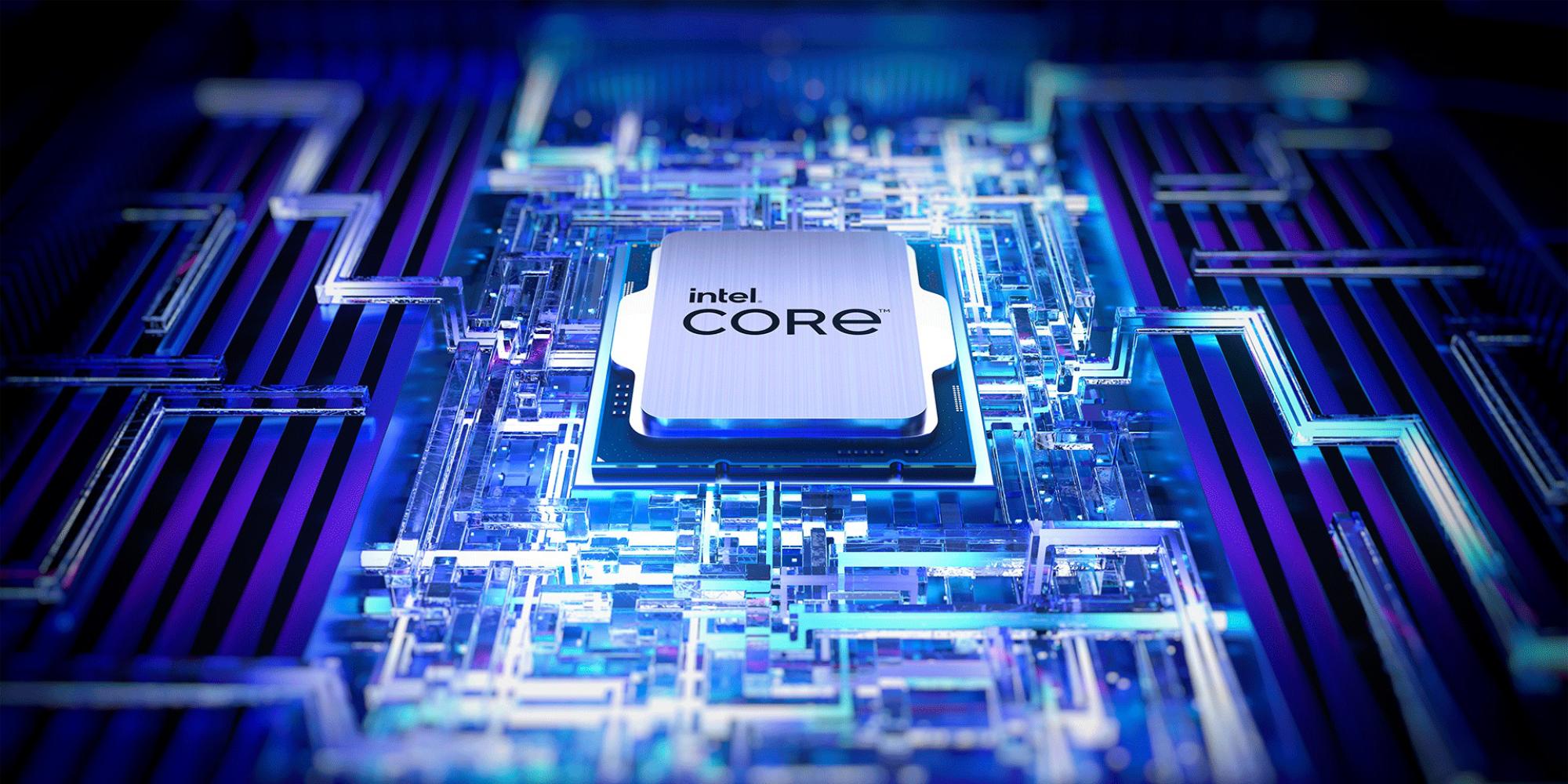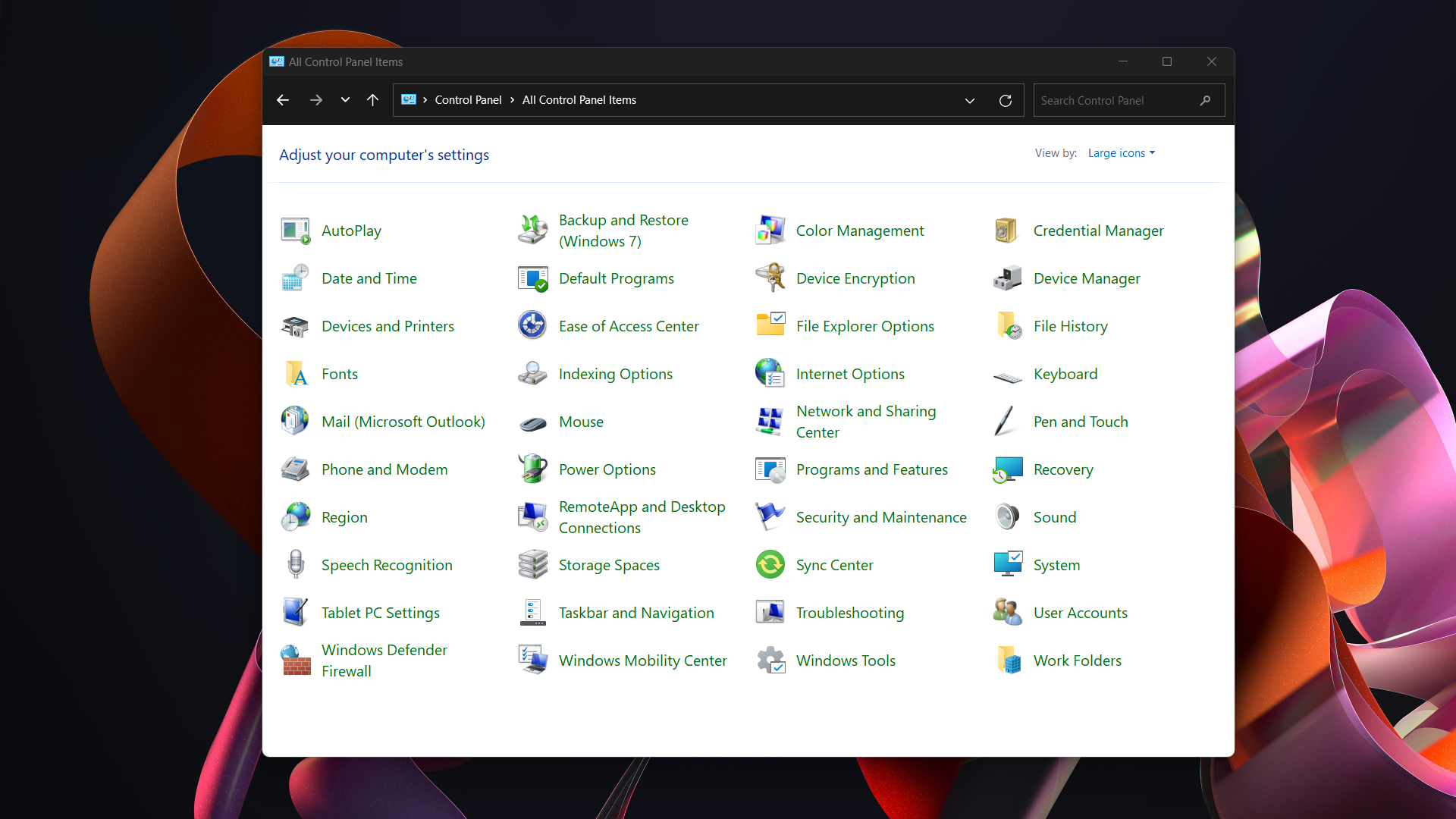Intel has now presented its complete portfolio of desktop processors from the Core i-13000 series (Raptor Lake), and the upcoming Core i-14000 series (Raptor Lake Refresh) is expected to release sometime in October. Here are five reasons why an Intel CPU should be in your next PC.
Reason 1: Performance
With its current microarchitecture, Intel has once again made a great leap forward, which is particularly noticeable in the massively increased performance and significantly improved efficiency compared to the previous generation.
In terms of multi-thread performance, the Core i9-13900K beats its already very fast direct predecessor, the Core i9-12900K, by a massive 30 to 35 percent, while single-core performance has been increased by another 15 percent.
The current Intel CPUs are particularly interesting for gamers, as they can outperform their predecessors, which are also designed for gaming, by around 20 percent.
The comparative values, which are based on the CPU benchmark 2023 from PC-WELT and the measurement data of specialist editor Sebastian Schenzinger, make the performance progress clear.
Single-core performance: + 15 percent
Multi-thread performance*: + 35 percent
* using the example of Core i9-13900K versus Core i9-12900K
As a look at the benchmarks carried out in a resolution of 1280×720 pixels (“720p”), each model of the Core-i-13000 series is clearly ahead of its direct predecessor of the Core-i-12000 series, even in games.

PC-WELT
Reason 2: Efficiency
With every new CPU generation, the question arises: Have the manufacturers achieved the additional performance by improving the architecture or by accepting higher power consumption? In idle mode or at low workloads, current CPUs are now all well optimized and consume very little power. Intel’s hybrid design, however, goes even further.
Especially in idle mode (“Idle”) and with light and medium workloads (“Workloads”), the new Intel CPUs are convincing. This also comes into play in games. Intel scores here with its combination of small efficiency cores (“E-cores”) and large performance cores (“P-cores”), which are used depending on the scenario.
Reason 3: Price-performance
In addition to the high performance and increased efficiency, Intel’s platform costs in particular play in its favor.
Motherboards for Socket 1700 with a 600 chipset start at less than $75, while the new motherboards with a 700 chipset are also available from $90.
Unlike the competition from AMD, users can still fall back on the low-cost DDR4 RAM with the current Core generation, which further lowers the platform costs. But the CPUs themselves have also fallen sharply in price in the meantime.
- Intel Core i5-13600K for $317.99 at Amazon
- Intel Core i7-13700K for $375.99 at Amazon
- Intel Core i9-13900K for $551.99 at Amazon
In the combination of CPU, motherboard, and RAM, the current Core generation shines with comparatively low platform costs and is thus a recommendation especially for new systems.
Reason 4: Upgradeability
Users who opt for a PC based on Intel’s current Socket 1700 have the option of starting with a comparatively inexpensive Core i-12000 from the previous generation and upgrading later to a 13000 or 14000.
The upgrade path ranges from Alder Lake to the Raptor Lake Refresh, which is expected to be released in October.
- Core-i-12000 (Alder Lake)
- → Core-i-13000 (Raptor Lake)
- → Core-i-14000 (Raptor Lake Refresh)
- → Core-i-13000 (Raptor Lake)
The new 14th-gen K models coming out in October with the new Core i9-14900K at the top are expected to deliver another 10 to 15 percent more single-core performance as well as 25 to 30 percent more multi-thread performance. They could take over the top position in benchmarks for the time being.
Reason 5: Feature set
The modern feature set, which offers techniques like Intel XMP 3.0 (“Extreme Memory Profile”) for the memory, Resizable BAR (“rBAR”) for direct access to the VRAM of the graphics card, as well as the modern instruction set extensions AVX, AVX 2, and VT-x, are also plus points for Intel CPUs.
Recommendations
With the 13th Core i generation, Intel has not only managed to offer more processing cores than AMD across the entire portfolio, but also to sell the CPUs at a lower price. Especially for a gaming PC, the i5 should clearly be the first choice in our view, if you are not content with a CPU from the previous generation.
- 200 – 300 dollars: Intel Core i5-13500
- 250 – 350 dollars: Intel Core i5-13600K
- 375 – 450 dollars: Intel Core i7-13700K
- 500 – 650 dollars: Intel Core i9-13900K
It all depends on your needs!
Finally, users should ask themselves what they intend to do with their system and the processor they need. Gamers who are looking for the fastest gaming CPU currently available cannot avoid the AMD Ryzen 9 7950X3D. On the other hand, the AMD Ryzen 7 5800X3D and the Intel Core i5-13600K currently offer a particularly good price-performance ratio.




